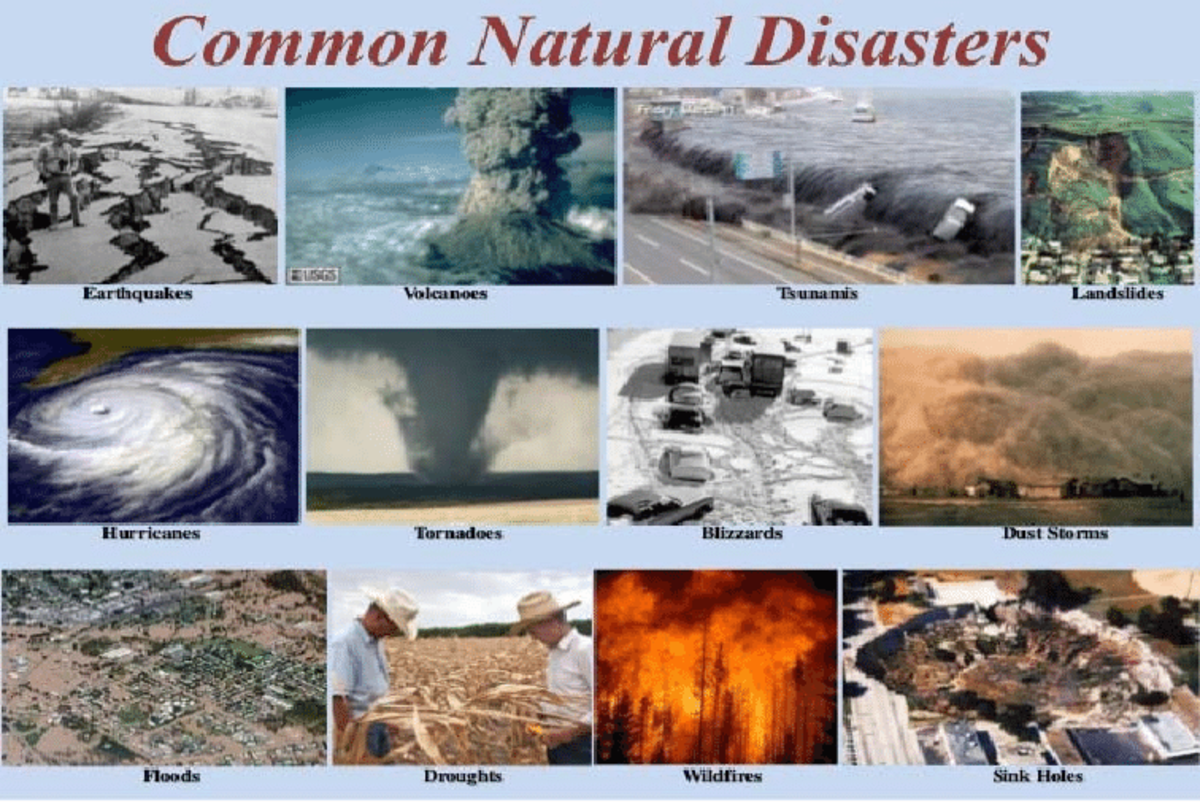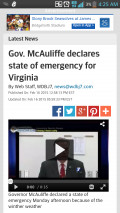- HubPages»
- Politics and Social Issues»
- Environment & Green Issues»
- Disasters & Recovery
Disasters in the Making
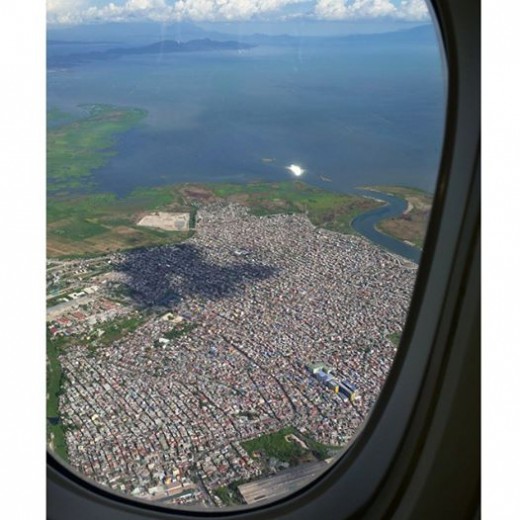
In the supersized urban metropolitan areas like Tokyo, with a population of about 37 million people, or Metropolitan Manila with more than 21 million squeezed in an area of 638.55 square kilometers, large scale disasters are just waiting to happen.
Metro Manila has 16 cities within the 638 square-kilometer land that holds a population density of 32,887 persons per square kilometer. This is extremely beyond the carrying capacity of one square kilometer of property to provide the basic necessities of decent urban living for more than 32,000 people. In sharp contrast, New York City has a population of slightly more than 20 million people, but with a super large land area of almost 12,000 square kilometers. With a density of only about 1,700 persons per square kilometer, the breathing space in NYC is definitely far greater than in Metro Manila, far healthier.
But what is distressing is the likelihood that densely-populated metro areas are more vulnerable to large-scale natural disasters like earthquakes, typhoons and flooding. The existence of fault lines beneath each large city would aggravate the destructive capacity of an earthquake, despite mitigation measures to reduce the risks. There is no guarantee that the application of mitigation measures such as reinforced construction of buildings and houses would reduce the number of casualties in a magnitude 7.5 earthquake, especially those located within or near the fault line areas.
Vulnerable Institutions
Take note that almost all private and government hospitals in Manila are “fully booked” on a daily basis, and the occurrence of a sudden, natural disaster of a large-scale magnitude would not allow for the accommodation of more bloodied patients who would need emergency medical services. In short our hospitals are not prepared to meet the medical demands of people affected by an instantaneous natural disaster, let alone the made-made disasters that would follow each natural event like mob rule, large-scale lootings, and increased crime rate in the urban area. A scenario like this is most likely to happen in the near future, considering the frequency of earthquakes, volcanic eruptions and natural as well as man-made fires occurring today.
What the government should do is to build especially designed earthquake-resistant, large evacuation centers that would have built-in hospitals to treat victims of calamities and disasters. And these Evac centers must be well-maintained and not be used for any other purpose than to become a safe haven and medical facility for disaster victims. But such an idea is really more of daydreaming than planning, since government’s idea of an evacuation center is to offer existing classrooms of public schools, and multi-purpose buildings as safe havens without any proper nutritional, sanitary and medical care. This concept, attitude and practice have to stop.
Metropolitan Manila
Manila's Urban Blight
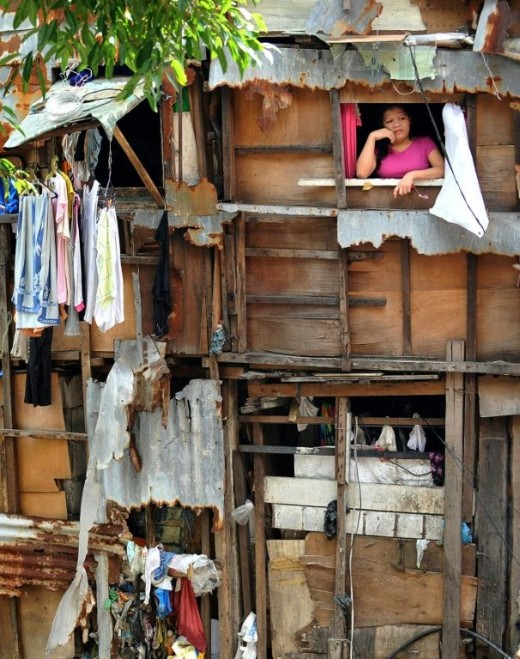
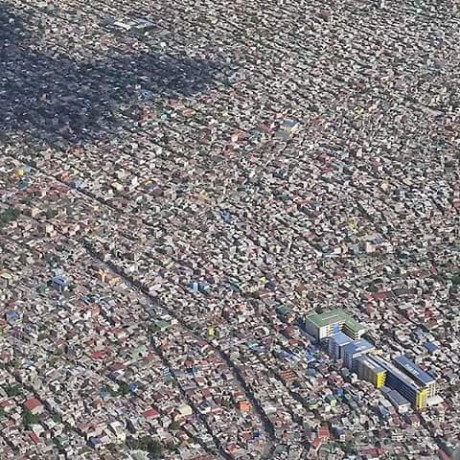
Widespread Destruction
In the magnitude 7.8 Nepal earthquake that took a toll of 8,600 people as reported by NBC News, it showed how surgeons worked in treating the victims in a dark operating room. With the hospital buildings or medical facilities in ruins, the entire disaster area would add horror to the already appalling situation.
If we take Metro Manila as a model case for study, a 10 percent casualty after an earthquake would be equivalent to 3,700,000 people dead, maimed, severely wounded, slightly wounded and, or traumatized. How would the 16 cities deal with such large numbers of emergencies at one time? Our hospitals today are not built to withstand severe destructive impacts of earthquakes and typhoons. The structures and facilities could even be the first ones to collapse under severe pressure.
Even in Iligan City with only more than 300,000 people, to try to accommodate 30,000 people on a medical emergency after an earthquake in the five or six private and government hospitals is preposterous and outrageous. But the construction of earthquake-resistant, large Evacuation Centers with built-in hospitals can still be done, although with the increasing number of natural disasters occurring in our planet today, it’s going to be a race against time. We only have one moment in time.
With the utter lack of preparedness to cope with all types of large-scale natural disasters, Manila, and the other high density cities of Asia like Dhaka, Hyderabad, Mumbai, Hong Kong, Macau and Chittagong are disasters waiting to happen.
Devastation
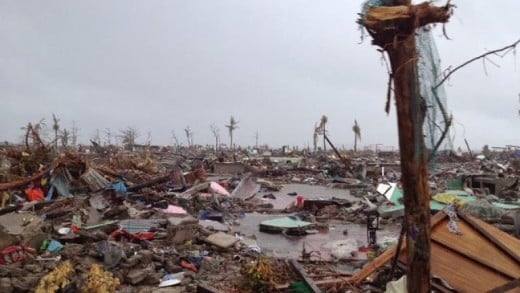
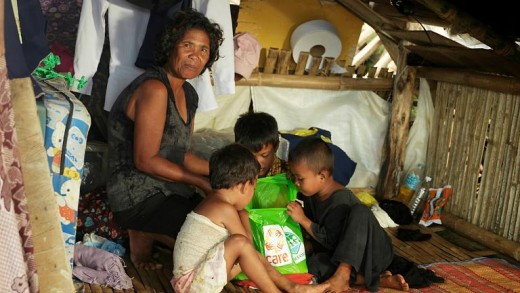
Post–Disaster Man-Made Disaster
Any disaster based on a natural event does not end after the occurrence of the apparently discrete event. The high level of uncertainty, the extreme competition for resources like medicines and medical aid, clean packed food, drinking water and safe shelter could lead people to commit crimes.
The high level of uncertainty that needs to be addressed especially in terms of personal security makes it all the more difficult to ascertain who is a potential threat to the lives of people who have been hit by a natural disaster, who is a potential enemy, and who can be a potential criminal. Who would secure vulnerable people in a widespread post-disaster emergency when even the police, military, doctors and nurses and rescue units would have to look after their families first?
We have seen how people would attempt to loot stores after a disaster, not only in Tacloban after Hiayan but also in France and the UK during large scale protests and rioting. The same has happened in the US in the Baltimore riots, and should be noted for any large scale natural disaster that could happen anytime, especially today where large numbers of homeless people are increasing.
Mob Culture on the Rise
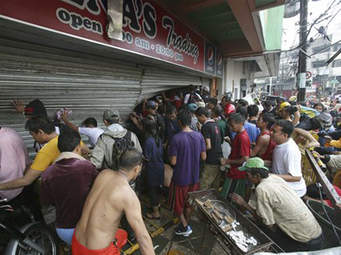
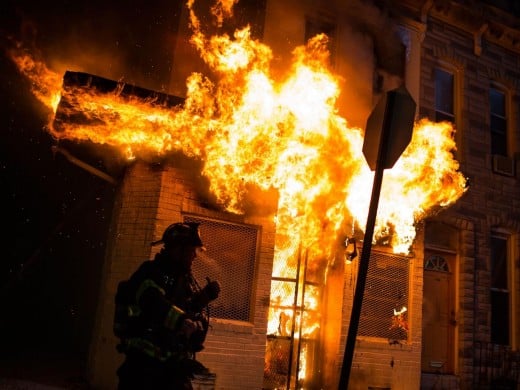
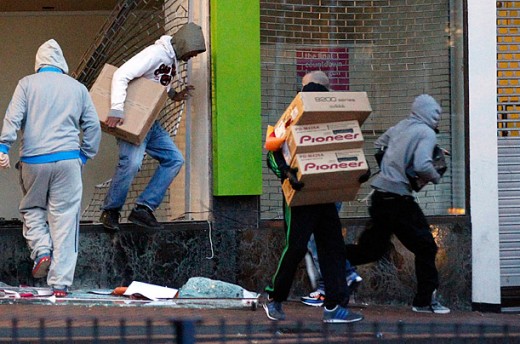
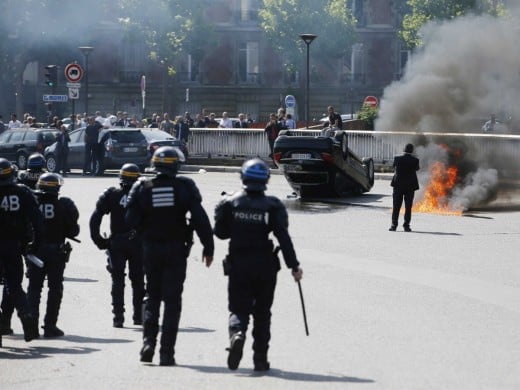
Even without any significant nature-based disaster that is happening in most cities of the globe, smaller-scale disasters affecting persons and properties are happening daily that are sometimes not reported to the press or authorities.
Let’s take one country as a case. It has been reported by the United Nations Office on Drugs and Crime that Honduras has the highest rate of intentional homicide crimes with 84.3 persons. In 1998, Honduras was hit by Hurricane Mitch that created massive and widespread destruction.
What response measures should be made if another high impact natural disaster would occur today, considering its present aggravating situation?
Global Culture of Impunity
But then, widespread breaches of security and privacy and the killings of government officials, journalists and even private businessmen are also happening in the Philippines, and on a global scale. Syria is a more serious case where mass killings are happening all the time under the guise of war, and hundreds of thousands of Syrians have been displaced and living as refugees in nearby countries of Europe and Africa.
On October 31, 2015 as reported by Xinhua/Xu Jinquan News Agency, the United Nations and Red Cross, in a press conference issued a joint warning on the world’s humanitarian crisis. UN Secretary-General Ban Ki-moon and Peter Maurer, president of the International Committee of the Red Cross (ICRC), after a bilateral meeting about the world's humanitarian crises at the European headquarters of the United Nations in Geneva, Switzerland said that civilians around the world are increasingly becoming the victims of a systemic disregard for international humanitarian law.
"Today, the United Nations and the International Committee of the Red Cross are calling for an end to impunity, an end to the callous disregard for human life, and a re-commitment to international humanitarian law," Ban told press. "From Afghanistan to the Central African Republic, from Ukraine to Yemen, combatants and those who control them are defying humanity's most basic rules," the UN head remarked, adding that "every day, civilians, ordinary women, men and children, are being deliberately or recklessly injured and killed, tortured and abducted. Every hour, people in dire circumstances are being denied the medical care, food, water and shelter they need to survive."
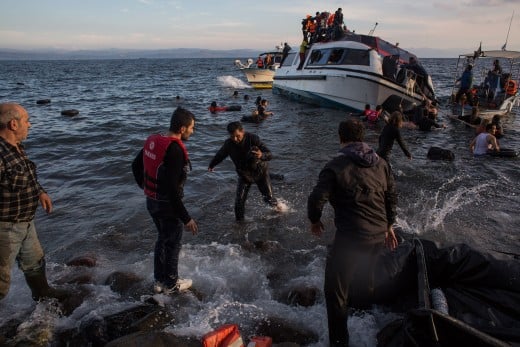
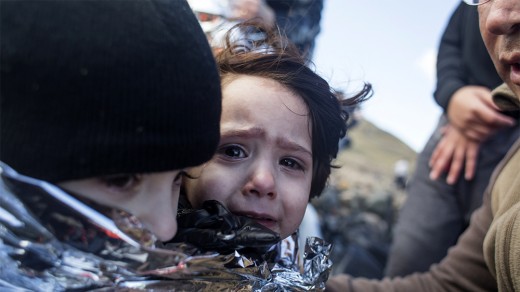
An international NGO Reporters without Borders has reported that 48 journalists have already been killed in 2015, 15 netizens and citizen journalists killed, 150 journalists imprisoned and 164 netizens imprisoned in different parts of the globe. Philippine Star reports that last year, 14 journalists were killed in the Philippines, and the country ranks third in the killings after Syria and Iraq. So how can journalists enhance their security in the face of a widespread culture of impunity? How can they report the occurrence of disaster incidents accurately and fearlessly when they themselves could be possible victims of a post-disaster man-made disaster?
The global culture of impunity represents a more insidious layered threat that could accompany the occurrence of any natural disaster of large magnitude like earthquakes and killer typhoons. It is an aggravating situation unless government and private agencies concerned with disaster response would factor a post-disaster man-made disaster scenario into their response equation.




